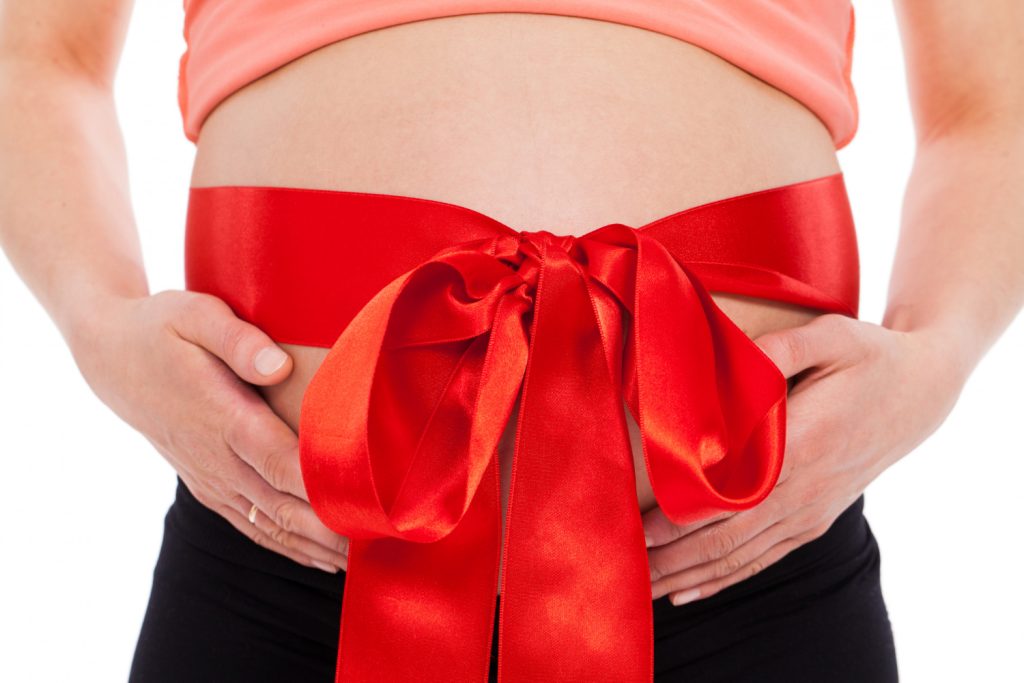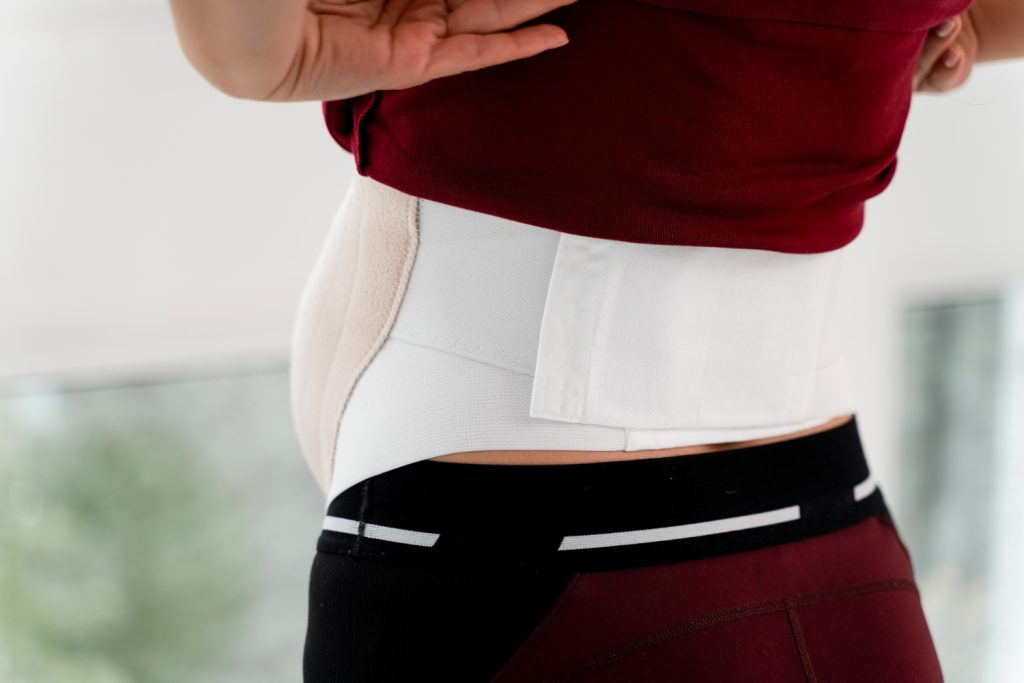After pregnancy, many women are eager to restore their pre-pregnancy bodies. The changes that occur during pregnancy, especially around the abdominal area, can be challenging to address. One tool that has gained popularity for helping women during this postpartum period is the after-pregnancy belt, also known as a postpartum belt or abdominal binder. This article will explore the uses and benefits of after-pregnancy belts and how they can assist women in their postpartum recovery journey.
What is an After Pregnancy Belt?
An after-pregnancy belt is a compression garment designed to wrap around the abdomen, providing support and helping the body return to its pre-pregnancy state. These belts come in various sizes, materials, and designs to cater to different needs and preferences. Typically made from elastic and breathable fabrics, these belts are adjustable, allowing for a snug fit that can be tightened or loosened as needed.

Uses of After Pregnancy Belts
After pregnancy belts are used for several purposes, each aiming to support the postpartum body in various ways:
1. Support for the Abdominal Muscles: During pregnancy, the abdominal muscles stretch significantly to accommodate the growing baby. After childbirth, these muscles can be weak and separated, a condition known as diastasis recti. An after-pregnancy belt provides support to these muscles, helping them come together and regain strength.
2. Back Support: The extra weight gained during pregnancy can put strain on the lower back. Postpartum belts offer additional support to the back, helping to alleviate pain and discomfort. This is particularly beneficial for women who experience lower back pain after childbirth.
3. Improved Posture: Wearing a postpartum belt can encourage better posture by supporting the back and abdomen. This is especially important for new mothers who spend a lot of time sitting and breastfeeding, activities that can lead to slouching and back pain.
4. Helps in Cesarean Recovery: For women who have had a cesarean section, the after-pregnancy belt can provide gentle pressure around the incision area, helping to protect the stitches and reduce swelling. This can aid in a quicker and more comfortable recovery.
5. Compression and Comfort: The gentle compression provided by the belt can help reduce swelling and fluid retention in the abdominal area. It can also offer a sense of security and comfort, making the postpartum body feel more stable and supported.
6. Assists in Uterine Involution: The process of the uterus shrinking back to its pre-pregnancy size, known as uterine involution, can be supported by wearing an after-pregnancy belt. The compression helps to encourage the uterus to contract more effectively, speeding up this natural process.
Benefits of After Pregnancy Belts
The benefits of using an after-pregnancy belt extend beyond just physical support. Some of the key advantages are:
1. Faster Recovery: The main benefit of using a postpartum belt is the potential for a faster recovery. By providing support to the abdominal muscles and helping to reduce swelling, the belt can accelerate the healing process after childbirth.
2. Enhanced Comfort: Many women find that wearing a postpartum belt helps them feel more comfortable in their bodies during the postpartum period. The support it provides can make everyday activities like walking, bending, and lifting easier and less painful.
3. Boosts Confidence: The postpartum period can be challenging both physically and emotionally. Wearing a belt can help new mothers feel more confident in their bodies as they recover from childbirth. The compression can also help clothing fit better, which can further boost confidence during this time of transition.
4. Encourages Activity: With the added support and comfort of an after-pregnancy belt, many women feel more capable of engaging in light physical activity, which is important for overall health and recovery. Gentle exercises can help restore strength and energy, and the belt can provide the necessary support during these activities.
5. Provides Gentle Support During Breastfeeding: Breastfeeding can be uncomfortable, especially in the early postpartum days. An after-pregnancy belt can help by providing gentle support to the back and abdomen, making it easier to find a comfortable position for breastfeeding.
6. Versatility and Adjustability: Postpartum belts are often adjustable, allowing them to be worn throughout the different stages of recovery. As the body changes and shrinks, the belt can be tightened to continue providing the necessary support.

Considerations When Using an After Pregnancy Belt
While after-pregnancy belts offer many benefits, it’s important to use them correctly and consult with a healthcare provider before starting. Here are a few considerations:
- Proper Fit: Ensure the belt is fitted correctly to provide adequate support without being too tight, which can hinder circulation or cause discomfort.
- Timing: Most healthcare providers recommend waiting a few days to weeks after childbirth before starting to use a postpartum belt, especially after a cesarean section, to allow initial healing.
- Balanced Use: While the belt provides great support, it’s important to not become overly reliant on it. Gradually incorporating exercises to strengthen the core muscles naturally is also essential.
For more insights and resources, visit our homepage at dianscotopics.top.
Conclusion
After-pregnancy belts are a valuable tool for new mothers navigating the postpartum period. By providing support to the abdominal muscles, back, and posture, these belts can help accelerate recovery, reduce discomfort, and boost confidence. However, it’s essential to use them as part of a balanced approach to postpartum recovery, including proper rest, nutrition, and gentle exercise. With the right use, an after-pregnancy belt can be a supportive ally in the journey of motherhood.


